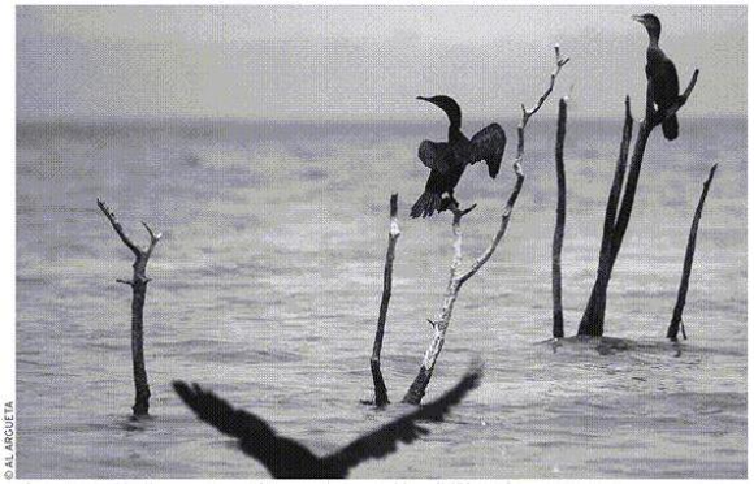Travel Reference
In-Depth Information
and lagoons. In addition to manatees, the park also harbors important populations of cro-
codiles, otters, and jungle cats.
“Zotz” means “bat” in Mayan dialects, and the multitude of furry little creatures eman-
ating from one of
El Zotz-San Miguel La Palotada Biotope
's caves at sunset is a dead
giveaway for the park's nomenclature. Adjacent to Tikal National Park, 34,934-hectare
El Zotz covers substantial areas of tropical forest and wetlands with unexcavated Mayan
temple mounds breaking the landscape here and there. It is possible to hike from the park
toTikal andvice versa.TheTikal temples, about23kilometers away,canbeseenfaroffin
the distance from Devil's Pyramid, the tallest of the unexcavated mounds at El Zotz.
Birds abound in the wetlands of Bocas del Polochic Wildlife Refuge.
Also in Petén, on the shores of Lake Petén Itzá,
Cerro Cahuí Biotope
covers 650 hec-
taresandconsistsofasmallhillvaryinginaltitude200-300meters(650-985feet).Thepre-
serve was created to protect the Petén oscillated turkey and consists mostly of secondary-
growth forest. There are several lookouts with excellent views of the lake along the park's
well-marked trails. It is a popular spot for bird-watching, with a good range of nearby ac-
commodations.

